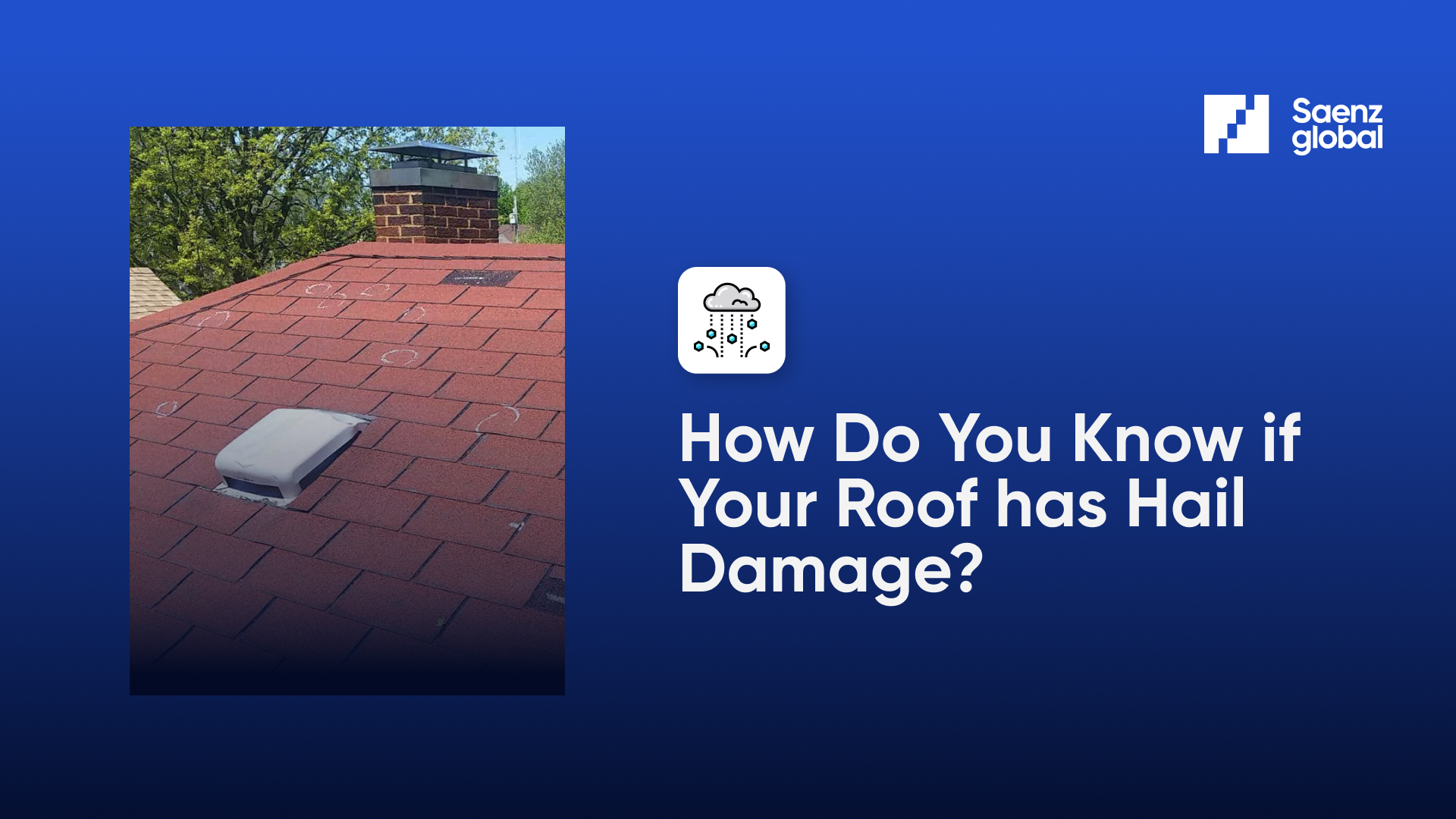How Do You Know if Your Roof Has Hail Damage?

Your roof is your first defense against the elements, shielding your home from rain, snow, and the scorching sun. However, hail is one weather phenomenon that can wreak havoc on your roof. Hailstorms can cause significant damage, and sometimes, the aftermath may not be immediately apparent.
Check for Dents and Dings:
One of the most visible signs of hail damage is the presence of dents or dings on your roof. Inspect metal components such as gutters, downspouts, and vents for any visible signs of impact. Additionally, check the flashing around chimneys and skylights, as these areas are susceptible to hail damage.
Examine Roofing Materials:
Different roofing materials respond differently to hail. For asphalt shingles, look for bruising or granule loss. Hail can dislodge the protective granules on shingles, exposing them to further damage from the sun's UV rays. Wooden shingles may exhibit cracks or splits, while metal roofing might show dents and dimples.
Hail Size vs. Roofing Material:
The size of the hail and the type of roofing material are key factors in whether your roof will endure damage. A hailstone with a diameter of 1 inch is generally sufficient to cause damage to a roof constructed from 3-tab organic asphalt shingles. A roof made from 3-Tab fiberglass asphalt shingles would typically require larger hailstones, around 1¼ inches in diameter, to inflict damage. A useful guideline to follow is to pay close attention to hailstones with a 1-inch diameter when assessing your roof for potential damage.
Impacted Outdoor Items:
Before venturing onto the roof of your home or business, conduct a thorough check for any signs of hail damage on the items or structures surrounding your property. If you observe any dents, dings, or scratches on the A/C unit, siding, windowsills, or window casings, there's a likelihood that your roof may have suffered hail damage too. From ground level, you can also identify hail damage, such as dented gutters, downspouts, or gutter screens. Keep an eye out for any damage to painted surfaces around your home, like chipped paint on decks or wood surfaces – these can serve as clear indicators that hail has potentially damaged your roof as well.
Consult a Professional Roof Inspector:
While a DIY inspection is a good starting point, it's advisable to bring in a professional roof inspector for a thorough assessment. Roofing experts have the experience and knowledge to identify subtle signs of damage that may go unnoticed by the untrained eye.
Detecting hail damage on your roof is a crucial step in maintaining the structural integrity of your home. Ignoring the signs can lead to more significant problems such as leaks, mold, and compromised structural stability. Regular inspections, prompt repairs, and, if necessary, professional assessments can help ensure that your roof continues to provide reliable protection against the elements for years to come. Don't wait until the next storm hits; be proactive in safeguarding your home by staying vigilant for hail damage signs.
.png)